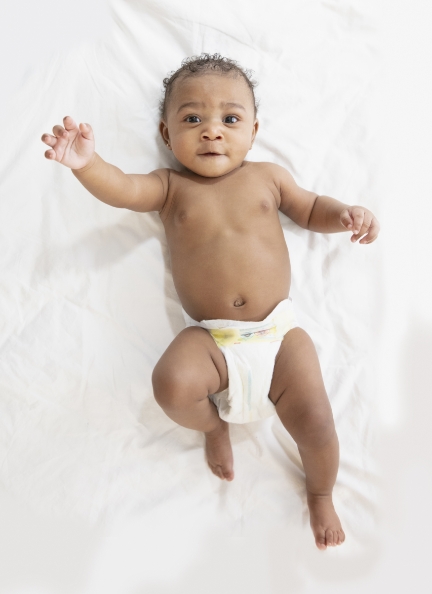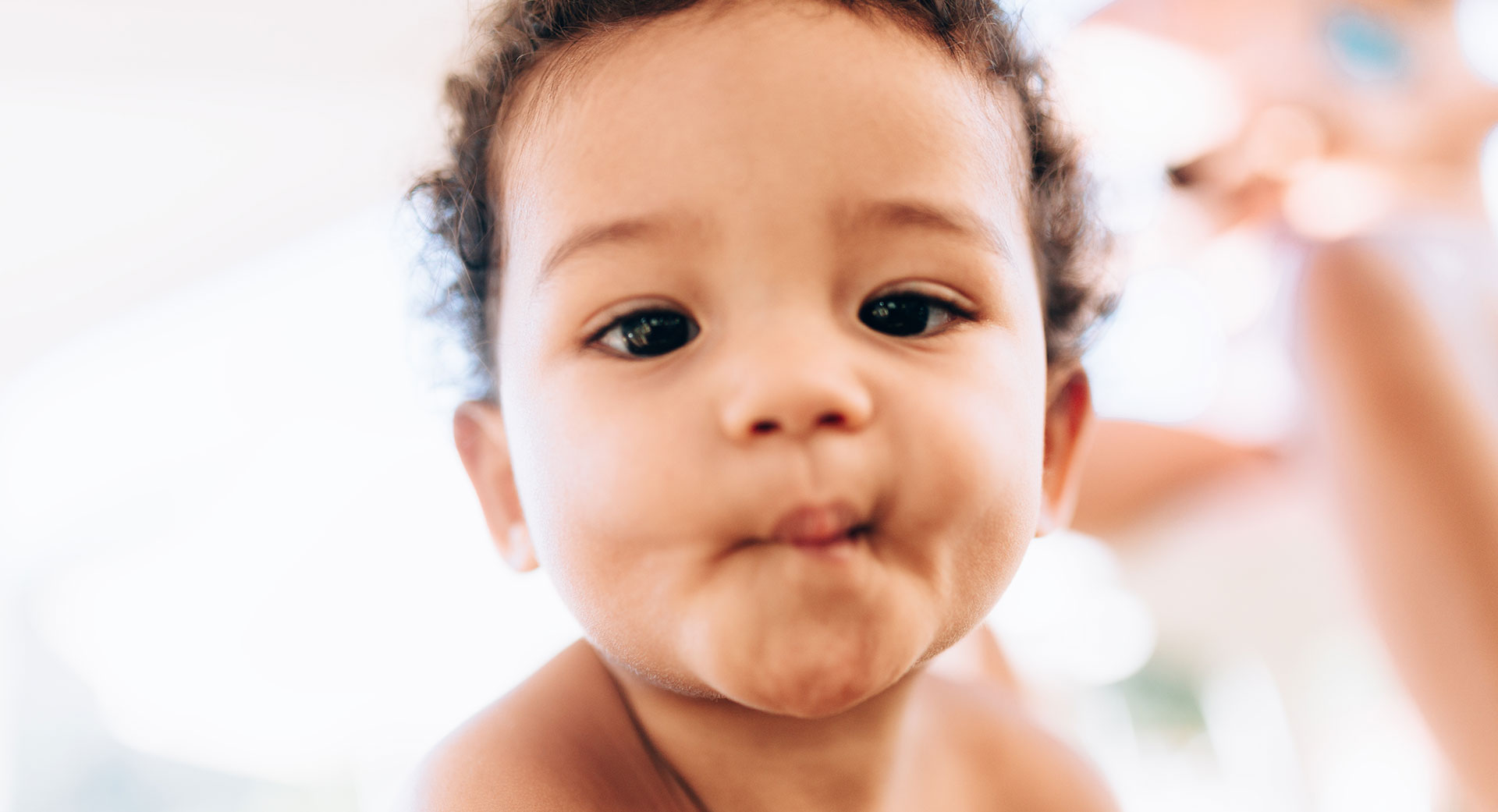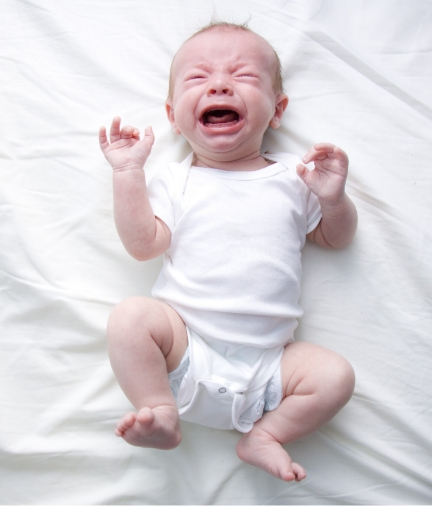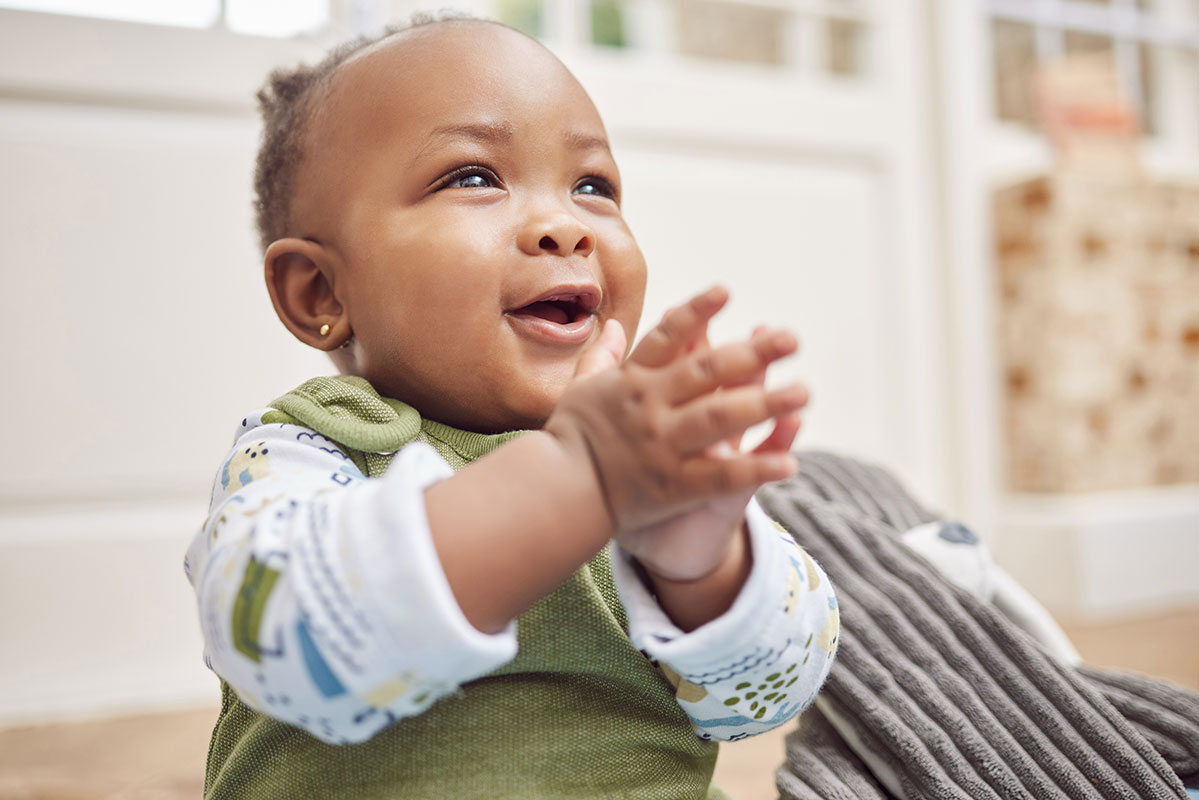Se sabe que los bebés también observan nuestras caras. Ellos aprenden mirando el mundo a su alrededor. Tal vez no puede decirte lo que piensa, pero tu bebé aprende mucho cada momento que pasa contigo. Cuando te ve feliz o triste, entusiasmada o asustada, aprende cómo se ven estos sentimientos. Tu bebé aprenderá cómo expresar sus sentimientos al mirar cómo tú expresas los tuyos; recuerda: un gesto vale más que mil palabras.

“Me interesa”
- Si ves esto...
- Ojos bien abiertos
- Cejas elevadas
- Boca levemente abierta
- Señalar o moverse hacia algo que está cerca
- Haz esto...
- Despierta aún más su interés al dejarlo explorar de manera segura. Permite que tu bebé toque un objeto que, al parecer, le interesa, y deja que juegue con él. Solo recuerda que probablemente también quiera “descubrir su sabor”.
- Ayuda a que tu bebé expanda sus intereses y aprenda palabras nuevas al explicarle los objetos que explora. “Esto es un sombrero; es suave y calentito”.





